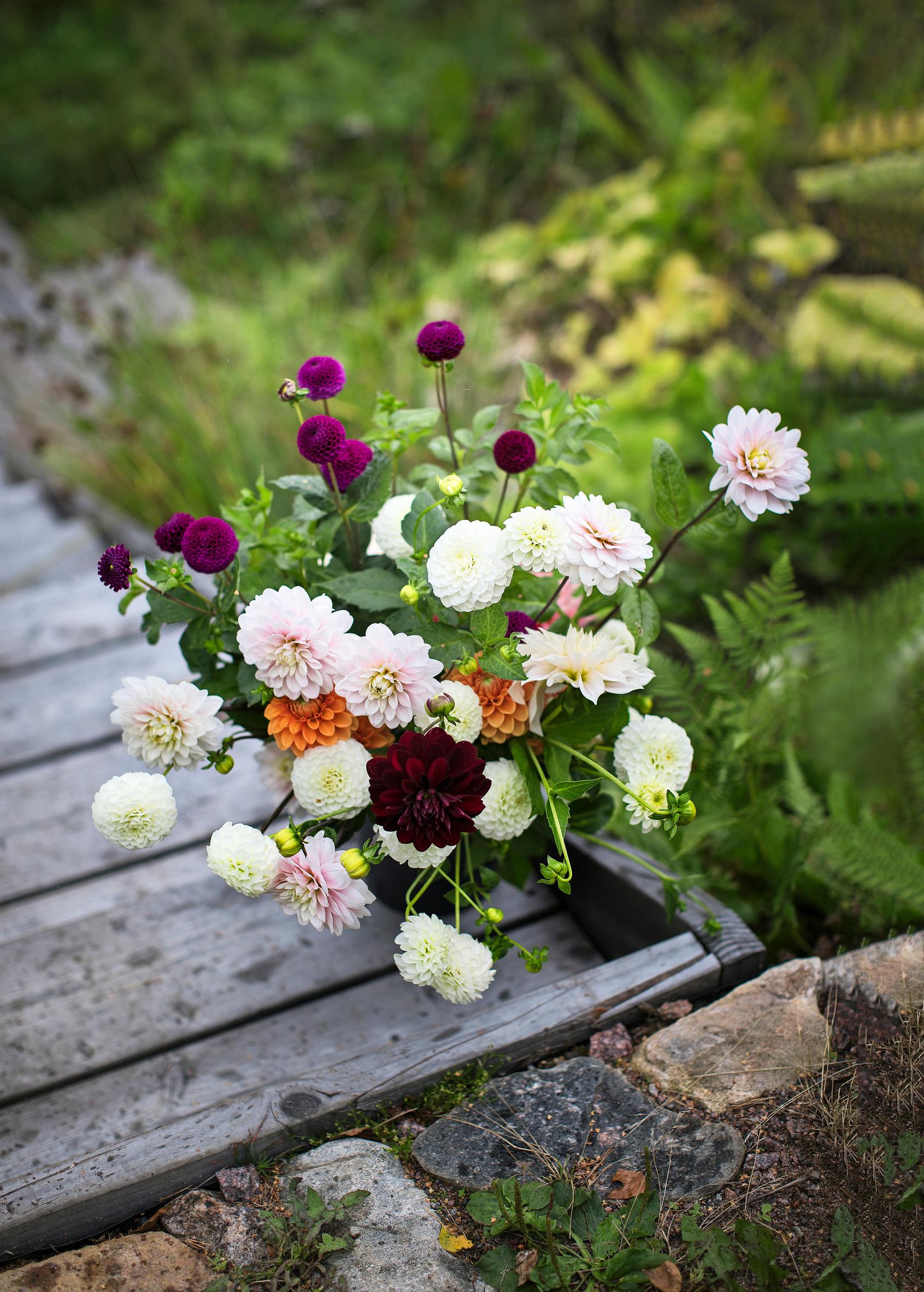
Growing dahlias for cut flowers—Check out these 18 tips for spectacular bouquets from your own yard
Right now, dahlias are an incredibly popular choice for bouquets and arrangements. Growing them yourself also gives you a chance to enjoy their rare colors and shapes. We’ve collected all the tried-and-true tips from Dahlia enthusiast Sannaliina, who has put them to the test in her garden.
1. What do you plan to use your dahlias for?
Are you growing dahlias for a wedding bouquet or a crayfish party? Or do you simply want to enjoy looking at them at home in a vase? For best results, base your choice on intended use. Keep in mind that bushy potted dahlias are only suitable for low arrangements because their flower stems are short.
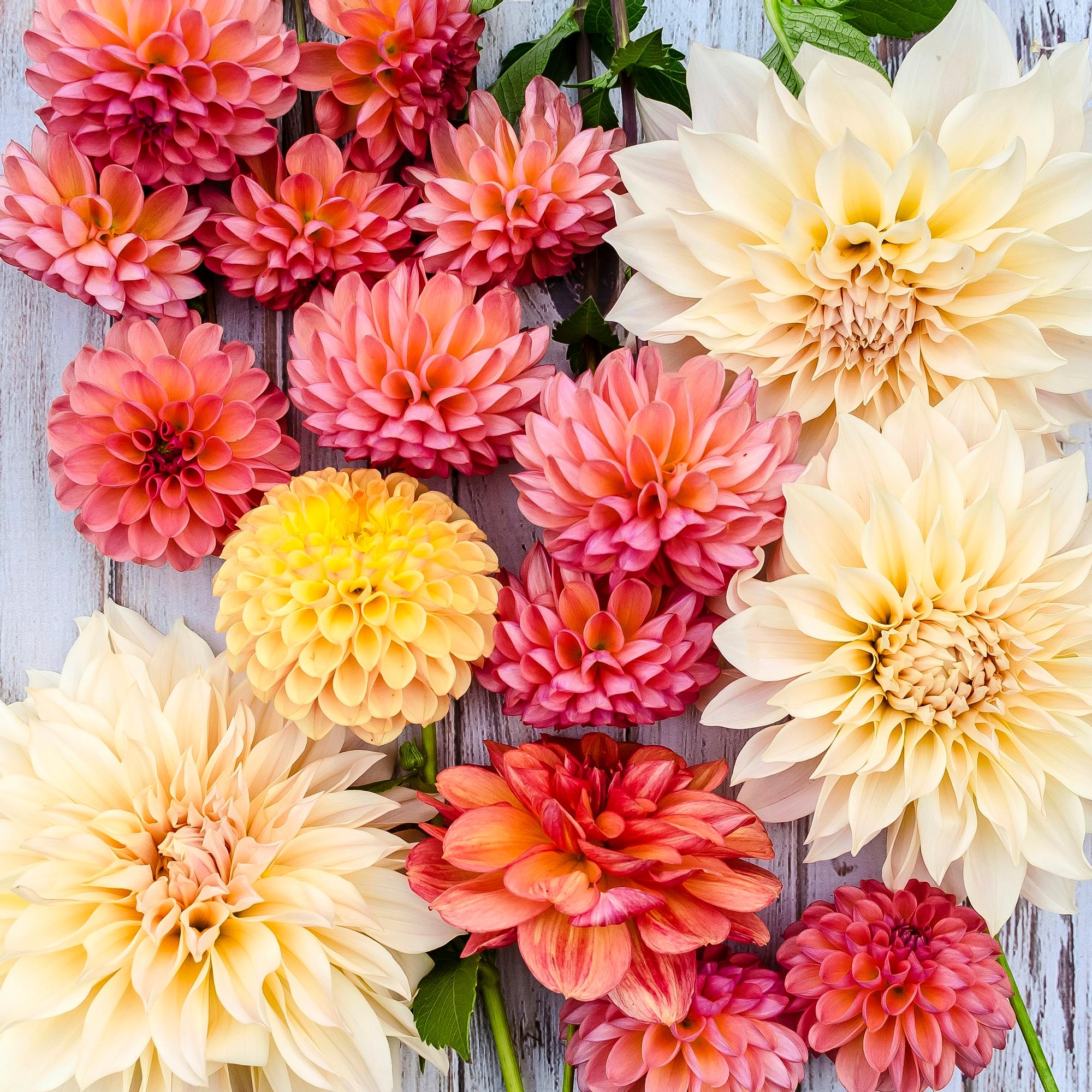
When selecting dahlia varieties, think about how you plan to use them. Do you need small or large blooms, something abundant or simple?
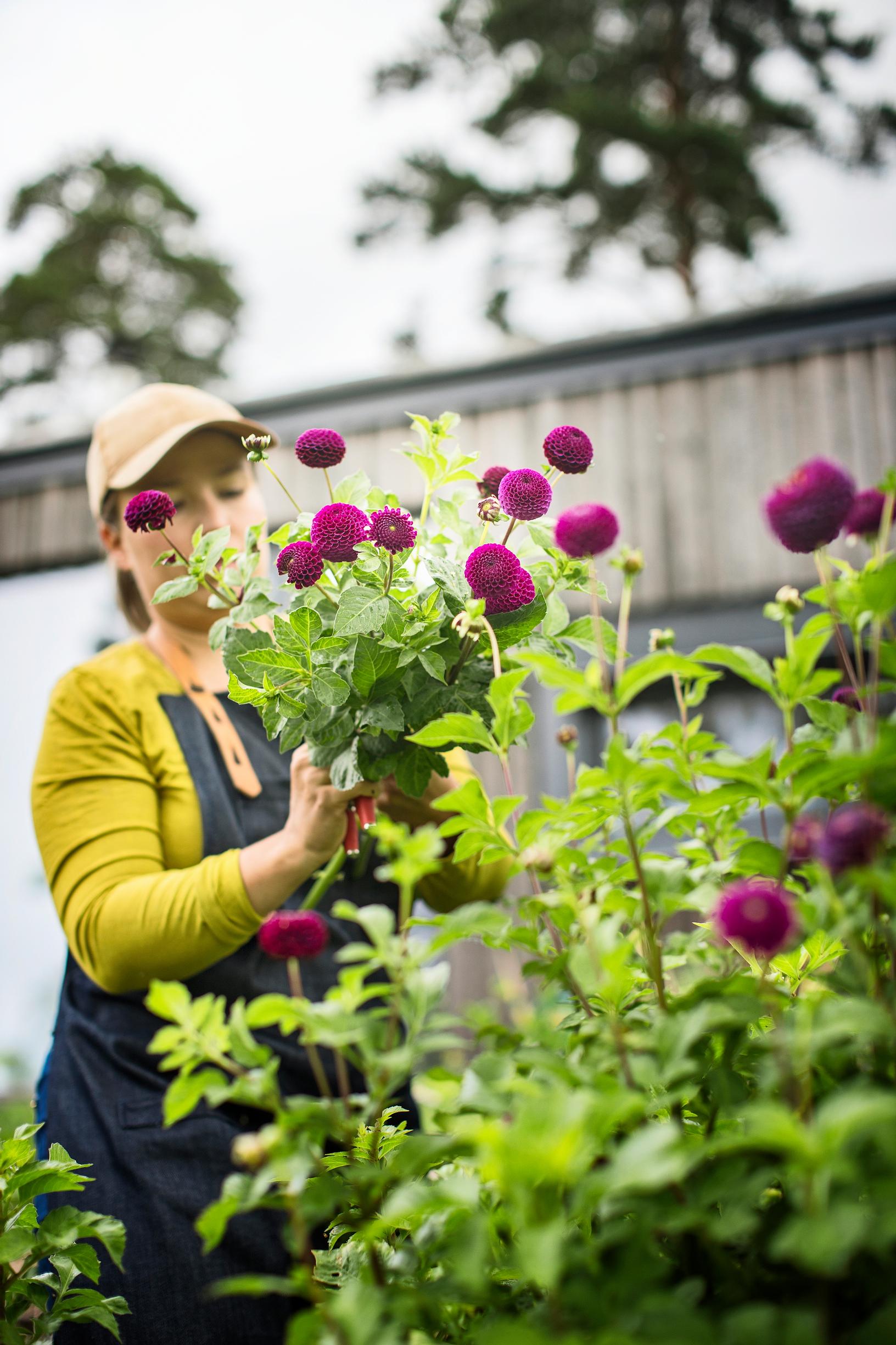
2. Want something easy to grow? Choose pompons
Growing small, spherical pompon dahlias is easy and success is ensured. Giant XXL dahlias, on the other hand, are impressive but more challenging. Dahlias with smaller blooms also produce more flowers than larger varieties.
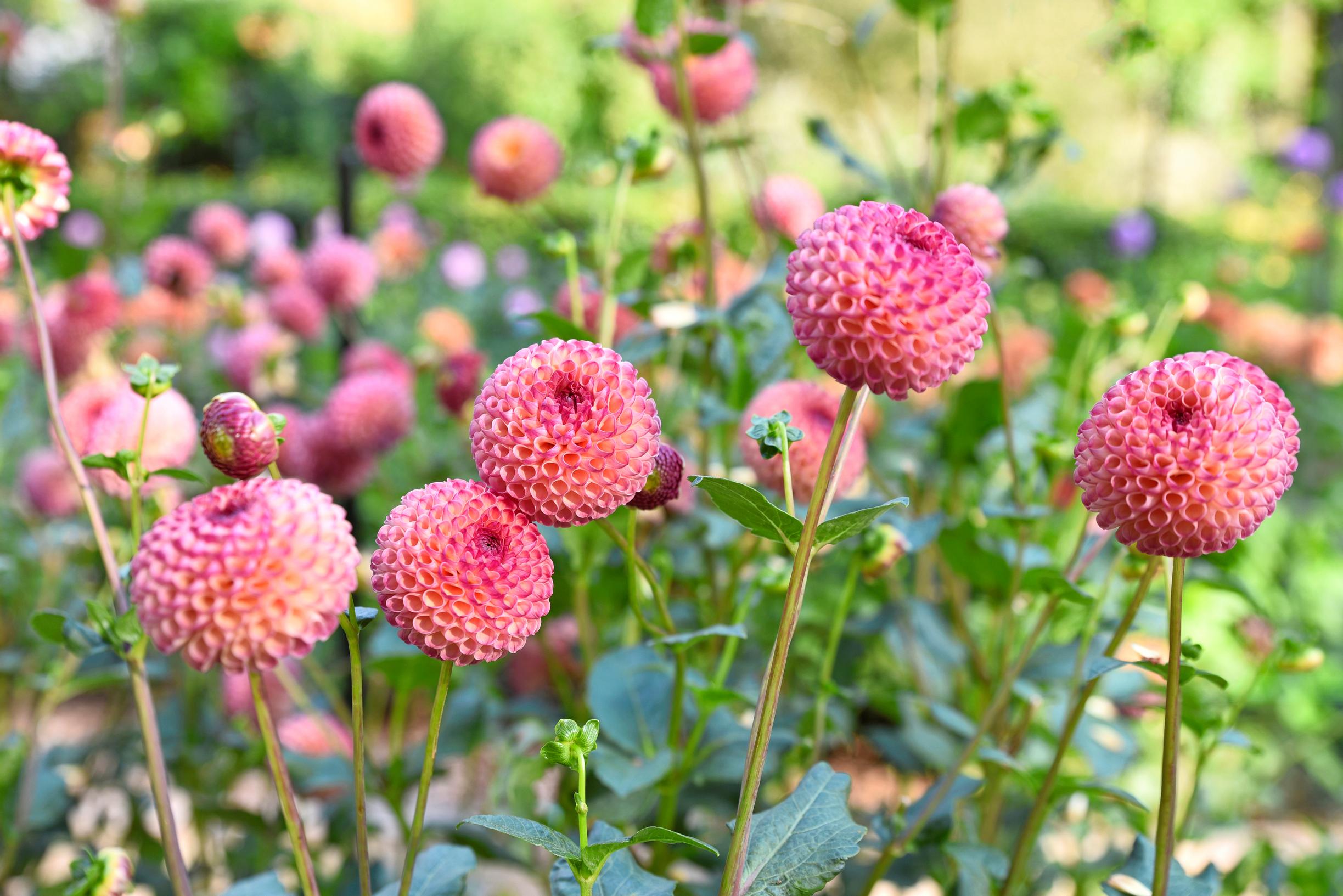
3. Giant varieties do best in a greenhouse
Large “dinner plate” dahlias can easily suffer from strong winds and heavy rain outdoors, so they are best grown in a greenhouse. Remember that as cut flowers, they need a sturdy vase to stay upright.
4. Highly coveted powdery and pastel hues
One of the most sought-after varieties at the moment is the large-flowered, latte-colored ‘Cafe au Lait.’ Pastel shades, including powdery tones and peach, are on-trend. Older heritage varieties tend to be more resilient than newer ones, though their color range can be more vibrant. New hybrids may be more susceptible to diseases.
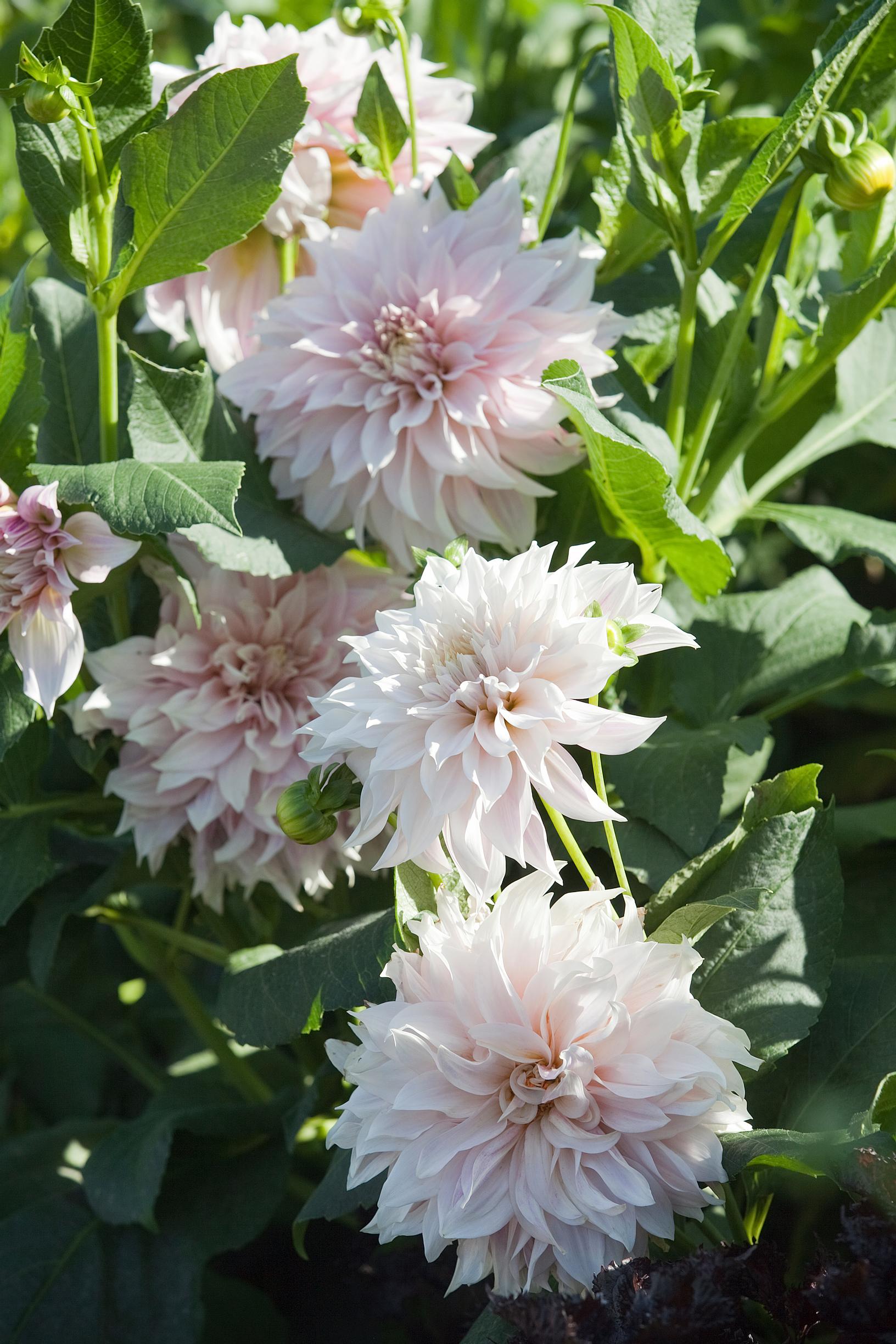
5. An early start will speed things up
If you need flowers as early in the summer as possible, start the tubers in pots for a couple of weeks. Place some soil in the bottom of a pot and set the tuber on top. Don’t water until you see green growth. Keep them in a cool, bright spot—if it’s too warm, the tubers will develop spindly stems. Be sure to harden off the plants before moving them outdoors.
You can grow dahlias from seed, tubers, or cuttings, but tubers are by far the most common method.
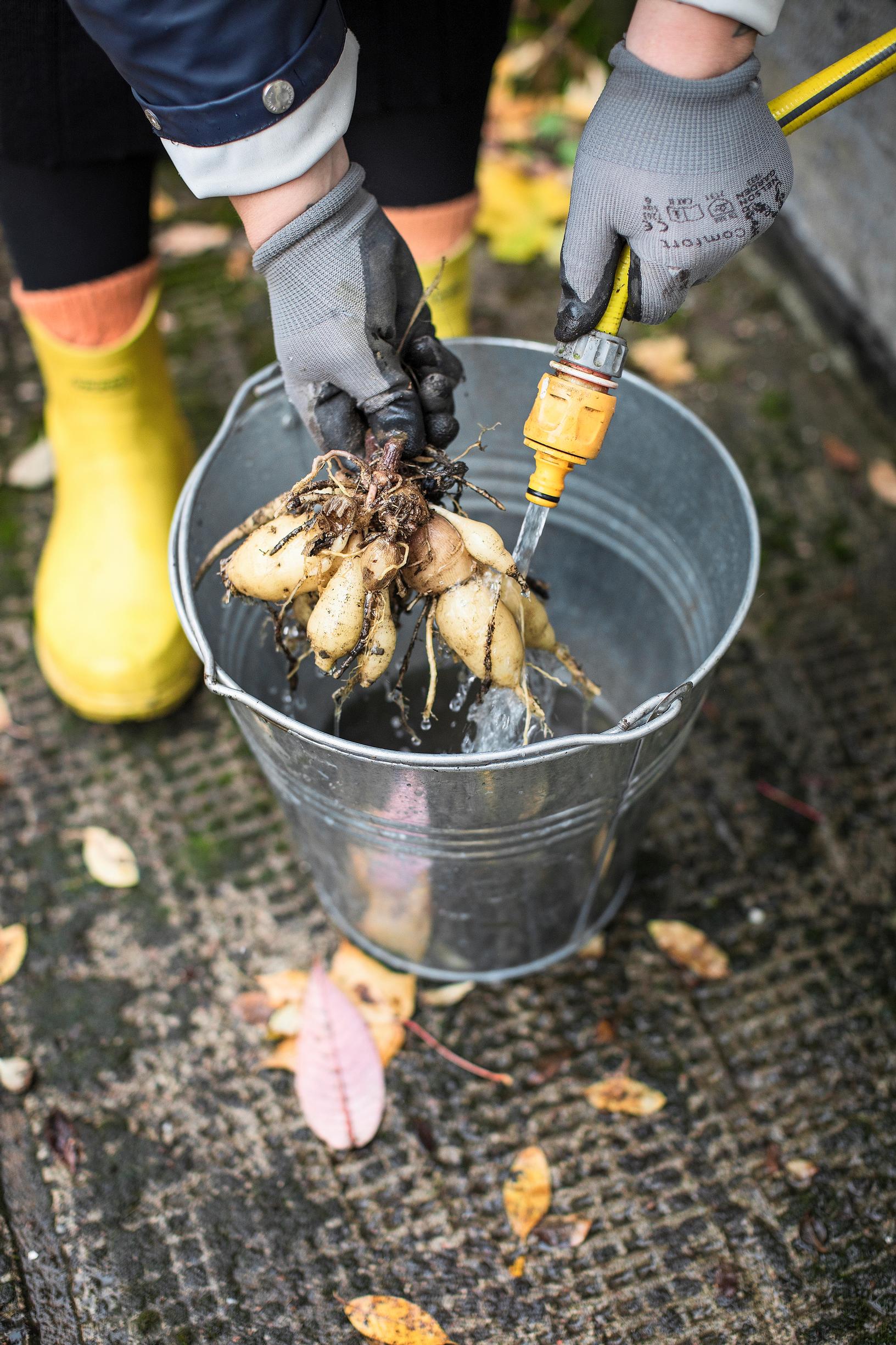
6. Specialty varieties are available online
Online shops often have competitive prices and selections. Try EU-based shops like Lökar & Knölar, Bulbs.se, Eurobulb, or Lukon Bulbs. You can sometimes place your order as early as fall.
7. Divide a large tuber
Many believe a bigger tuber means a bigger plant. However, if tubers are too densely packed, the plant can become overcrowded. You can divide the tubers at any time, as long as each piece has an eye and a bit of stem. Take care not to damage the delicate eyes.
8. Protect your dahlias from the cold
Dahlias are cold-sensitive. Plant them outside only after the risk of night frost has passed and the soil has warmed to at least 15°C. In warmer regions, you can plant the tuber directly into soil. Protect delicate seedlings with frost cloth. Choose a sunny, sheltered spot, and start watering once the plant begins to sprout. In fall, the first frost signals the end of flowering, so keep an eye on the dropping temperatures to harvest the last blooms.
9. If you’re growing dahlias for cutting, space them out
Plant the seedlings in two rows about 30 centimeters apart. If they’re planted too close together, it’s hard to pick the flowers.
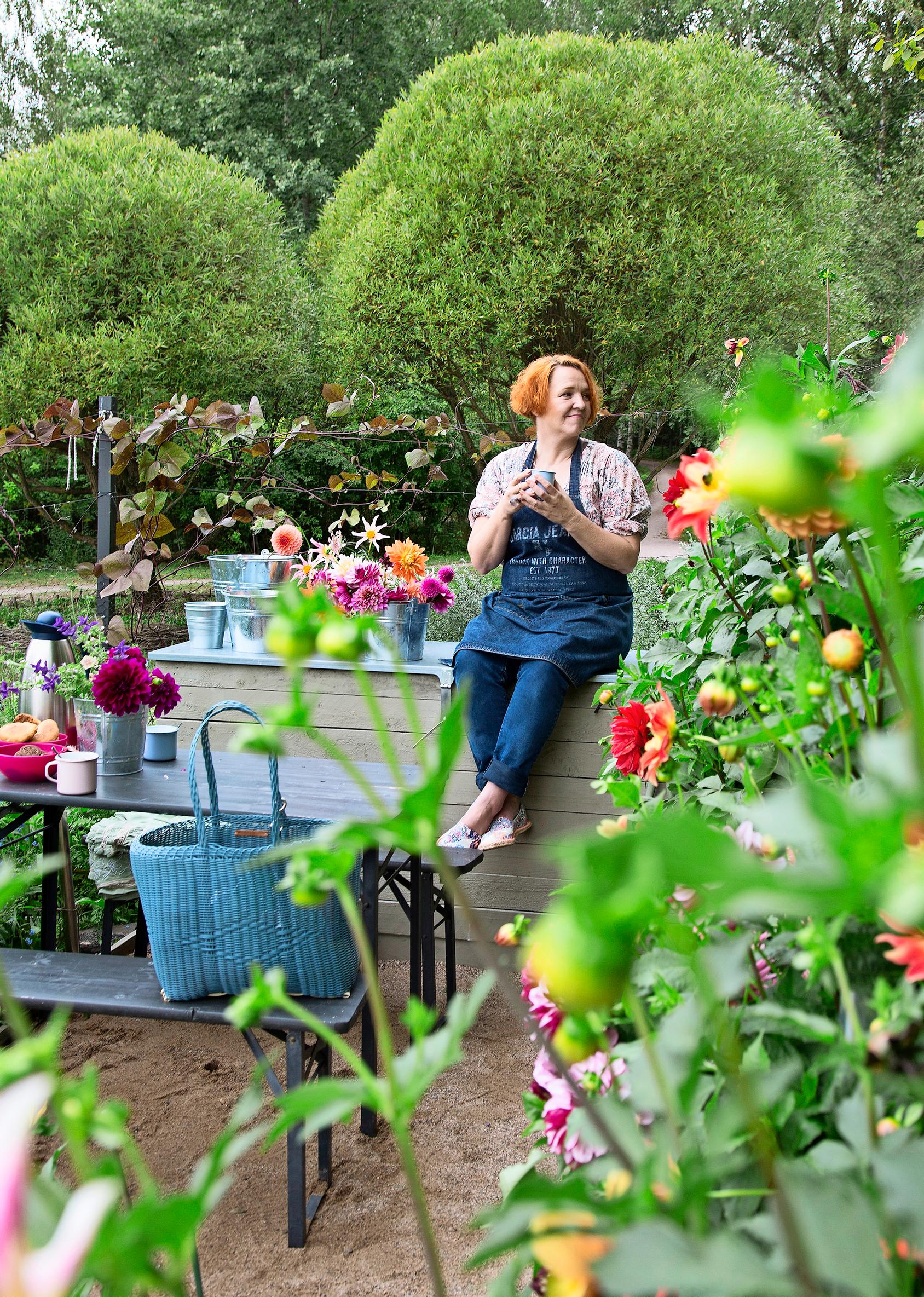
10. Remember to pinch your dahlias
Cut off about one-third of the plant’s height when it has around four pairs of leaves. Without pinching, a dahlia will form thick, stick-like stems that are hard to use in bouquets. Thick stems also don’t absorb water as well as thinner ones. You can keep pinching throughout the summer.
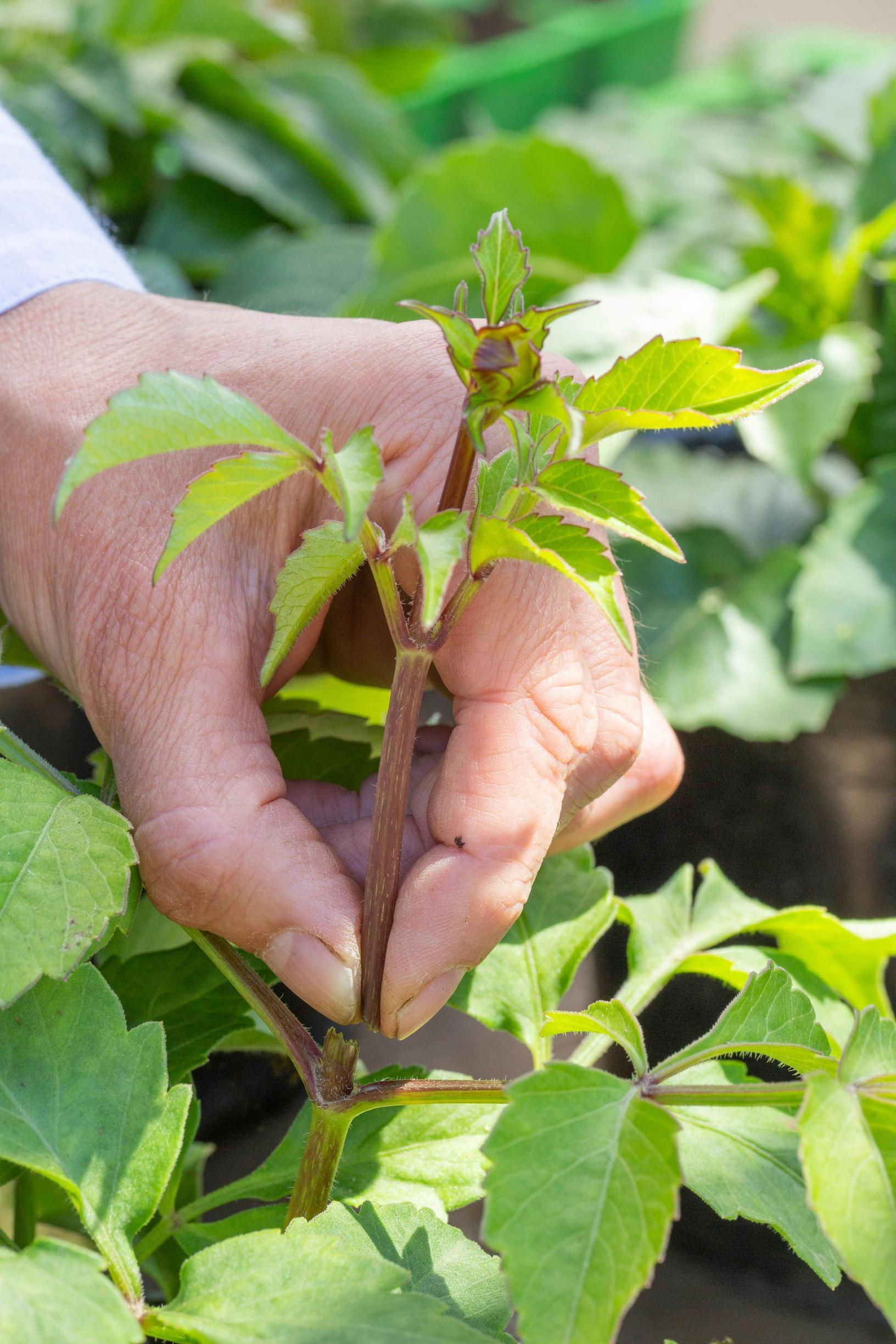
11. Provide support
Support dahlias with a plant support early in their growth if needed. This ensures you won’t damage the roots later, and fragile stems won’t break in the wind.
12. Pick the blooms when they’re almost open
Dahlias start blooming in late summer and will continue until the first autumn frosts. Hot weather accelerates opening. Pick them once they’re about three-quarters open, as a cut bloom won’t continue to open further. Use a sharp knife for cutting.
13. Place them in hot water
Hot water speeds up hydration: transfer the freshly cut stems directly into a container with clean water at about 70–80°C. You only need about 3–5 centimeters of water in the container. You can top it off once it cools.
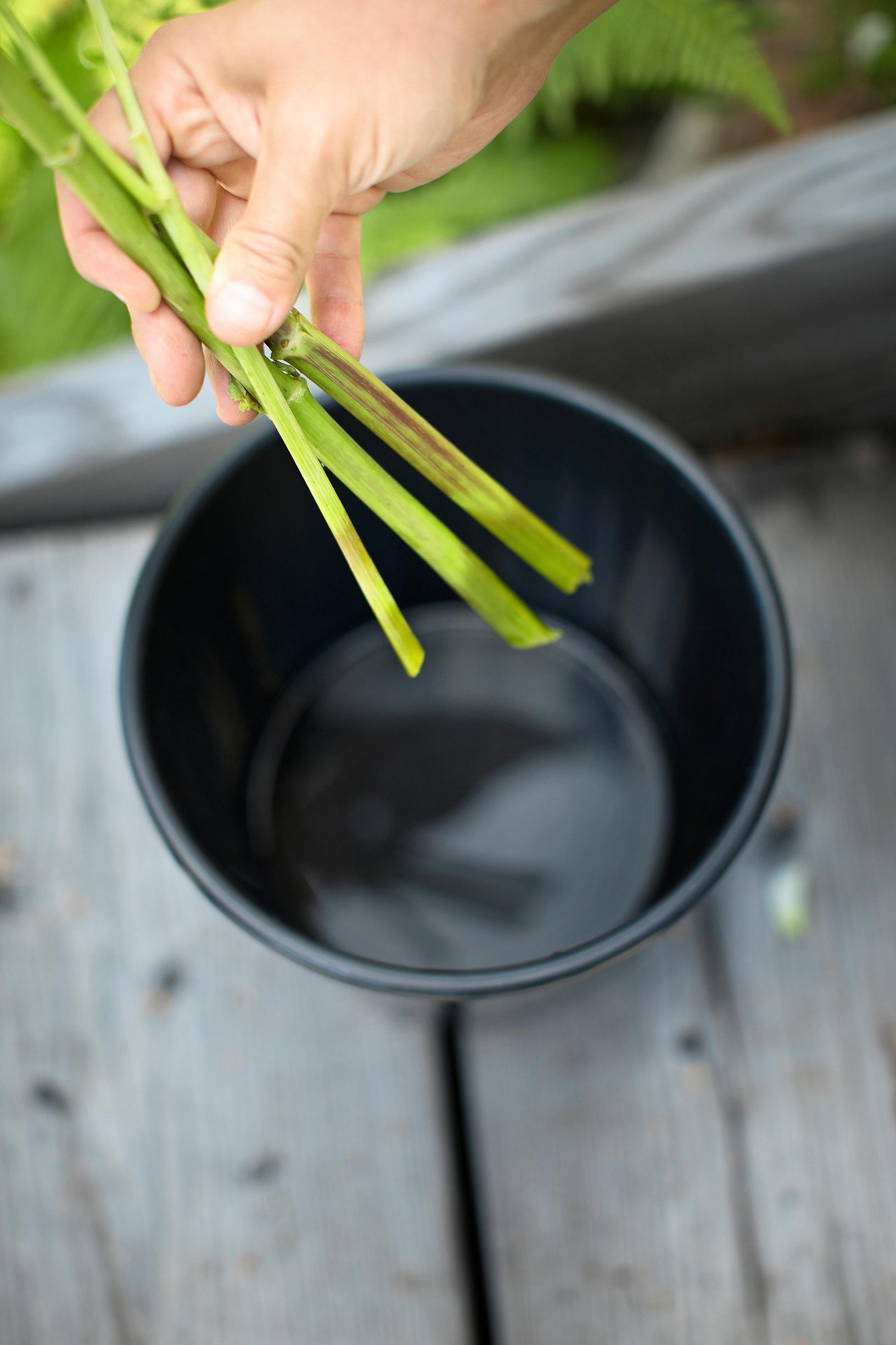
14. Remove spent blooms
Remove aging blooms as soon as you see them yellowing or dropping petals. Flowers that are fully open or overripe when picked won’t last long in a vase. Sometimes a new bud may look like a spent bloom, so pay close attention.
15. Trimming is worthwhile
Cutting back stems boosts side shoots, giving you longer flower stems. Trim your bouquet stems as low as you can while staying above a leaf joint. A suitable cut dahlia stem is roughly 50 centimeters long.
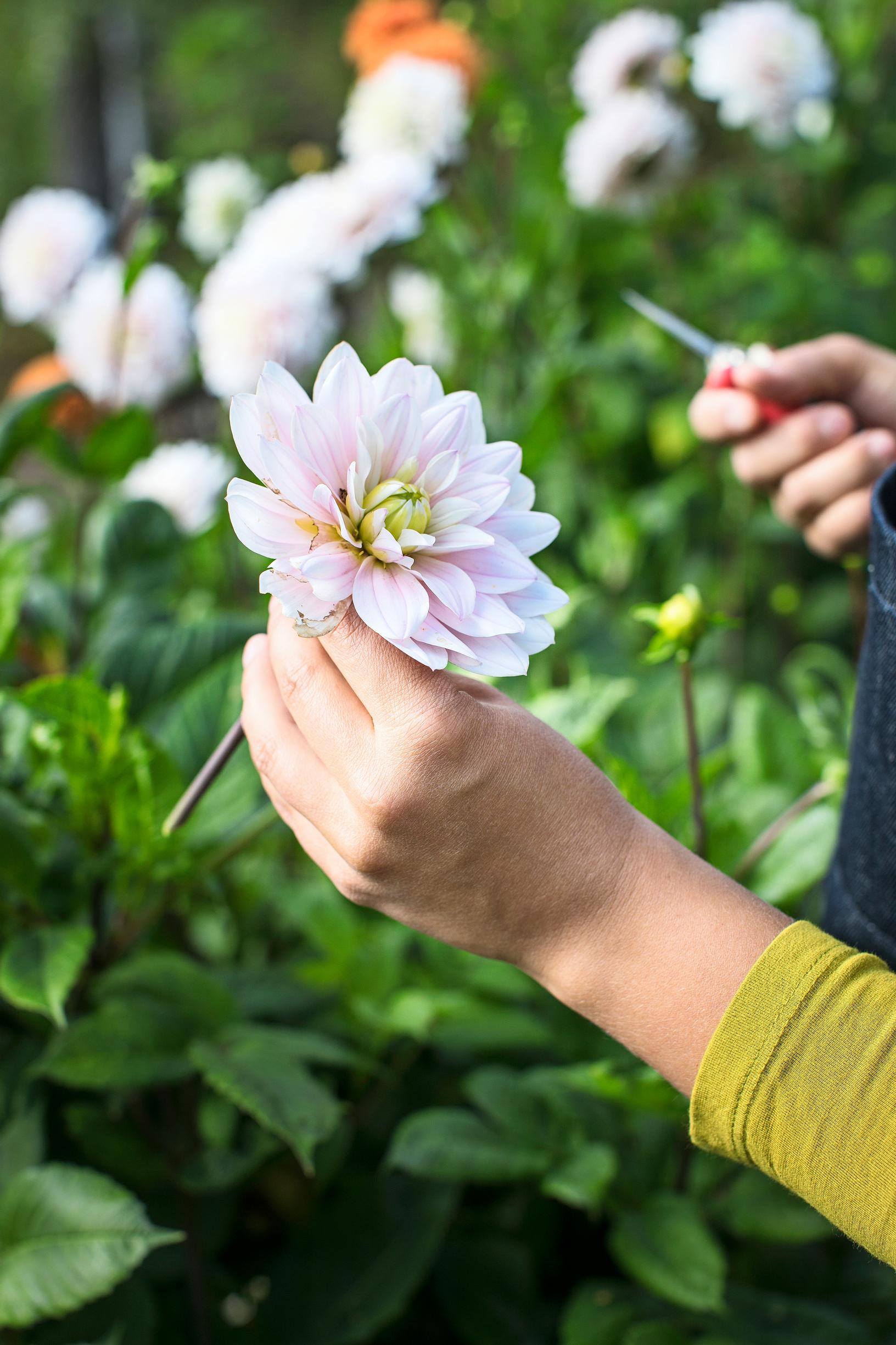
16. Make them last longer in a vase
Dahlias are eye-catching but don’t last long as cut flowers—about three to seven days. Help them endure a bit longer by changing the water every couple of days. You can also add floral preservative.
17. Get inspired on Instagram
Instagram is full of inspiring dahlia growers. Sannaliina follows these: @theflowerhat, @summerdreamsfarm, @arthurparkinson_, @famflowerfarm, @triplewrenfarms, and @santacruzdahlias. You can also find advice, such as how to divide tubers, on Floret Flower Farm’s and Summer Dreams Farm’s websites.
18. Variety is refreshing!
Try other blooms once in a while. For instance, zinnias and chrysanthemums are durable and have a similar vibe to dahlias.





